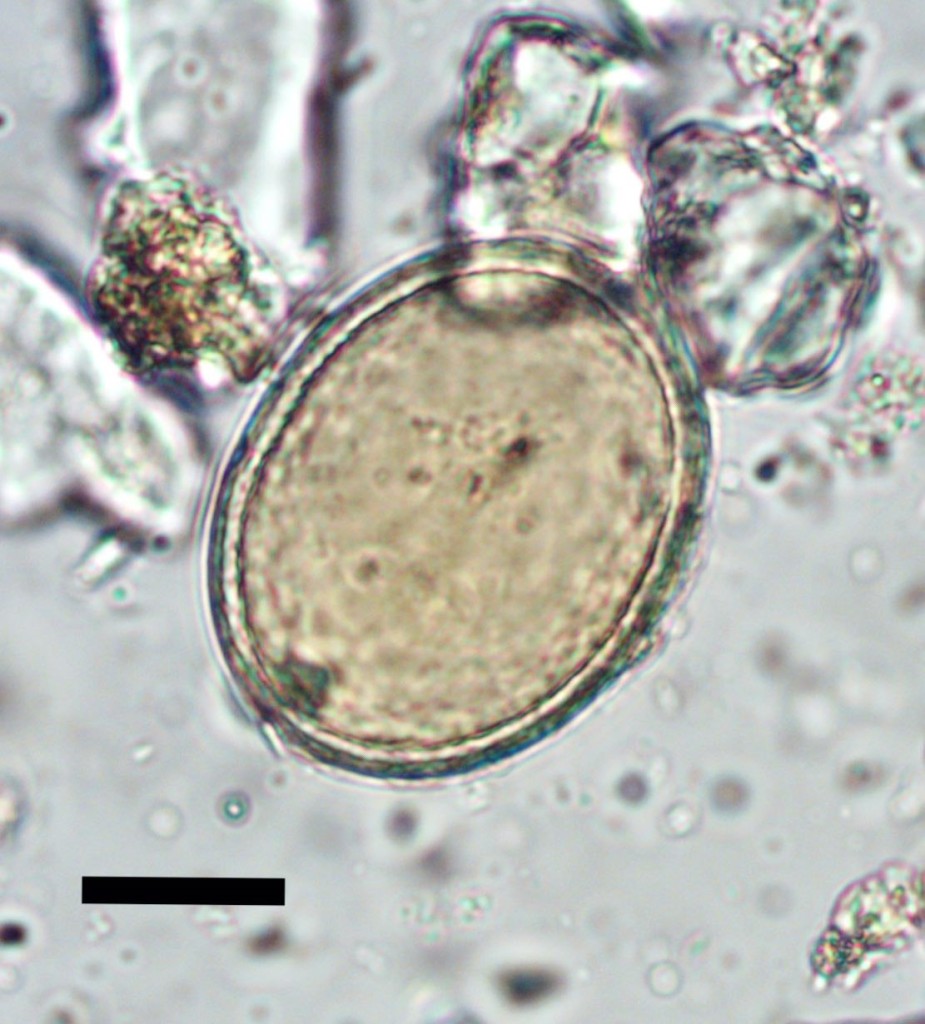Medieval monks were ‘riddled with parasites’ from farming with own poop: study
If cleanliness is next to godliness, these monks were way off the mark.
It comes as no surprise that those who survived the medieval era — when villagers would dump their own doo-doo in the streets or in designated “cesspits” — very often did so while suffering through bouts of countless infections, particularly intestinal parasites.
By contrast, the monastery just outside of town boasted running water, outhouses and hand-washing facilities — all luxuries to the common townsfolk.
Despite some seemingly unsanitary urban practices, a new archaeological study by University of Cambridge researchers has determined that it was not the ordinary people of medieval Cambridge who showed the highest rate of worms in the guts of their dead — but those who lived at the nearby Augustinian Friary.
“The friars of medieval Cambridge appear to have been riddled with parasites,” said study lead author Piers Mitchell in a statement. “This is the first time anyone has attempted to work out how common parasites were in people following different lifestyles in the same medieval town.”
Both human and pig feces were commonly used as farming manure during that time — and handling contaminated poo is a surefire way to contract intestinal worms, including roundworm and whipworm.
Meanwhile, monasteries and friaries predominantly subsisted on their own organic resources and recycled their own feces for manure — ergo, more infections.

“One possibility is that the friars manured their vegetable gardens with human feces, not unusual in the medieval period, and this may have led to repeated infection with the worms,” said Mitchell, whose report was published on Thursday in the International Journal of Paleopathology.
The Cambridge team excavated a total of 19 monks from the friary grounds, as well as 25 locals buried at a nearby cemetery, all of whom died in adulthood between the 12th and 14th centuries. Archaeologists were able to determine whether the remains had been infected by worms by analyzing the soil near the pelvis of the skeletons.
Test results revealed that at least 11 (58%) of the monks died with infections, compared to just eight villagers (32%).
Researchers pointed out that those rates are considered minimums, as some traces of worms would have been consumed or destroyed by insects and fungus. They also noted that the prevalence among townspeople is on-par with related findings of that period.
Those monks may have been plagued with parasites, but they still managed to live longer on average than those outside their holy walls — thanks, most likely, to a well-balanced diet, access to medicine and their divinely bestowed wealth.
Read the full article Here


